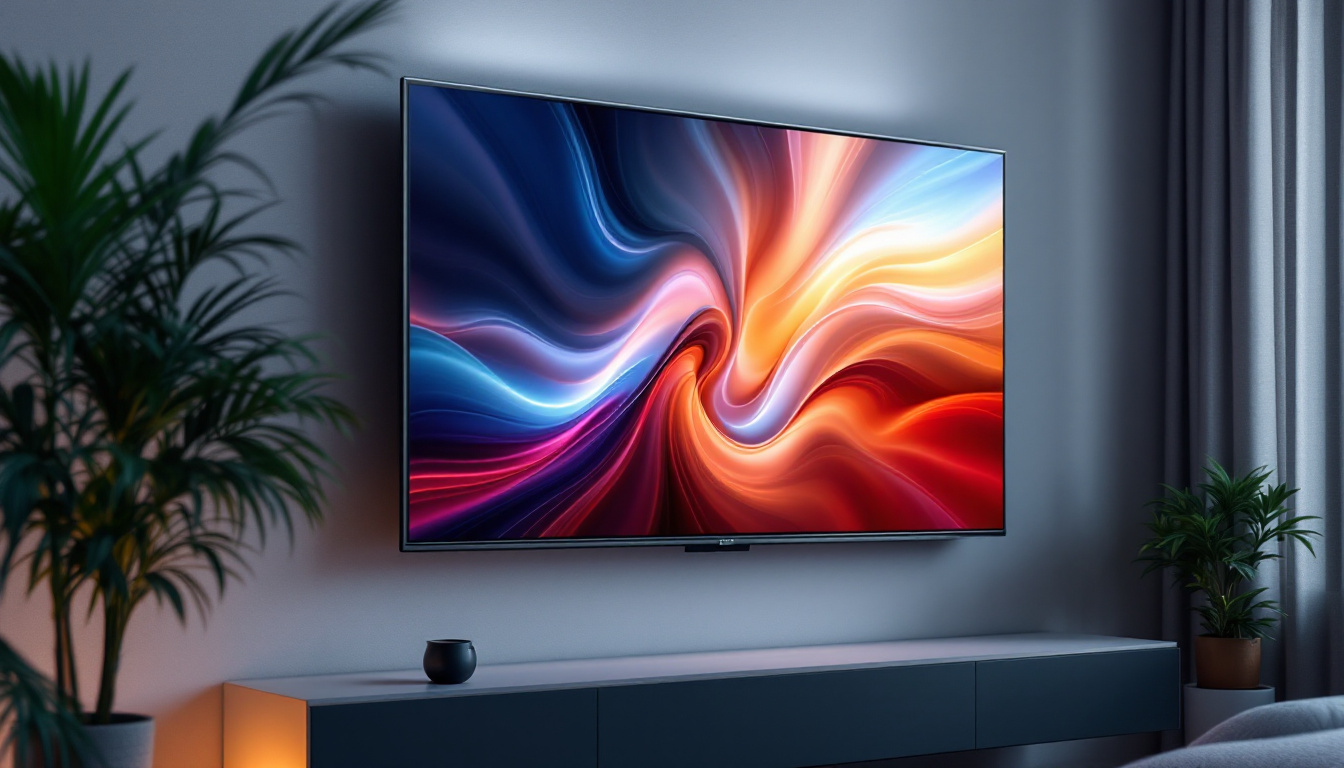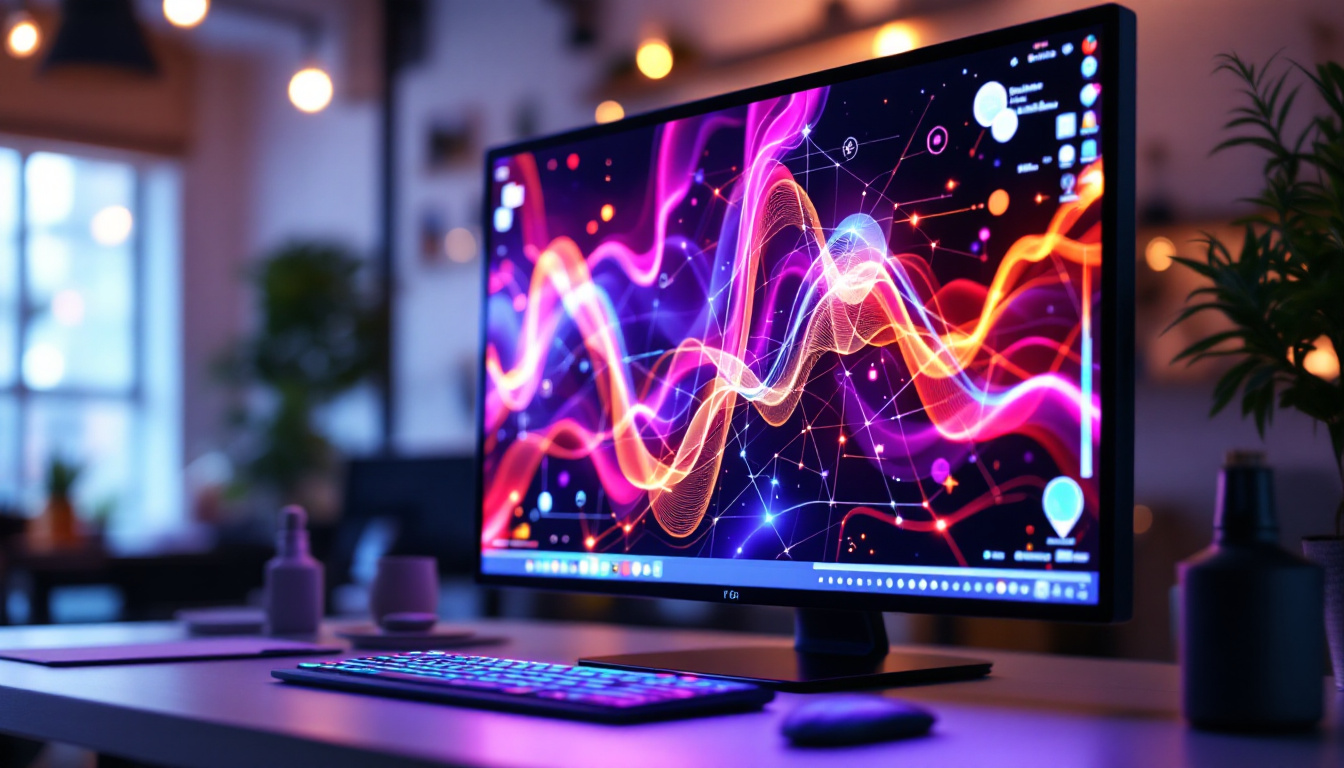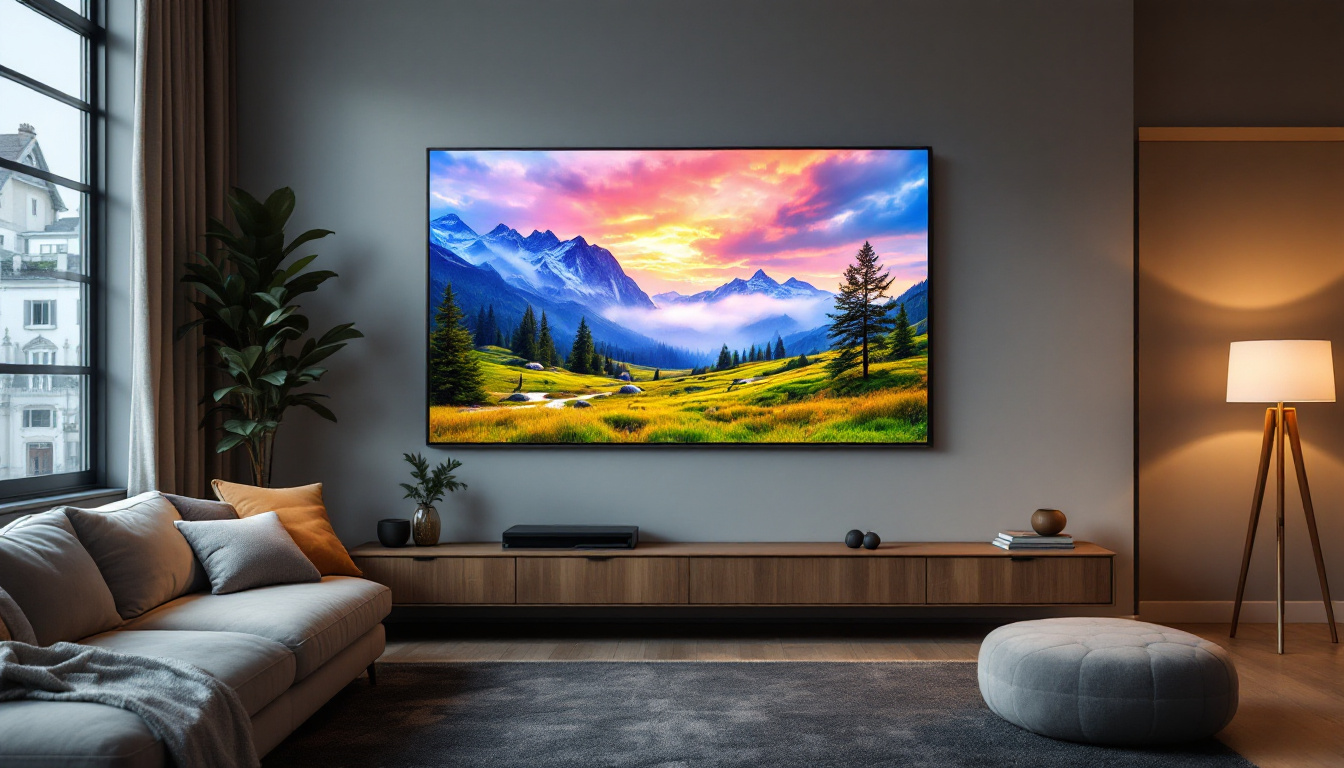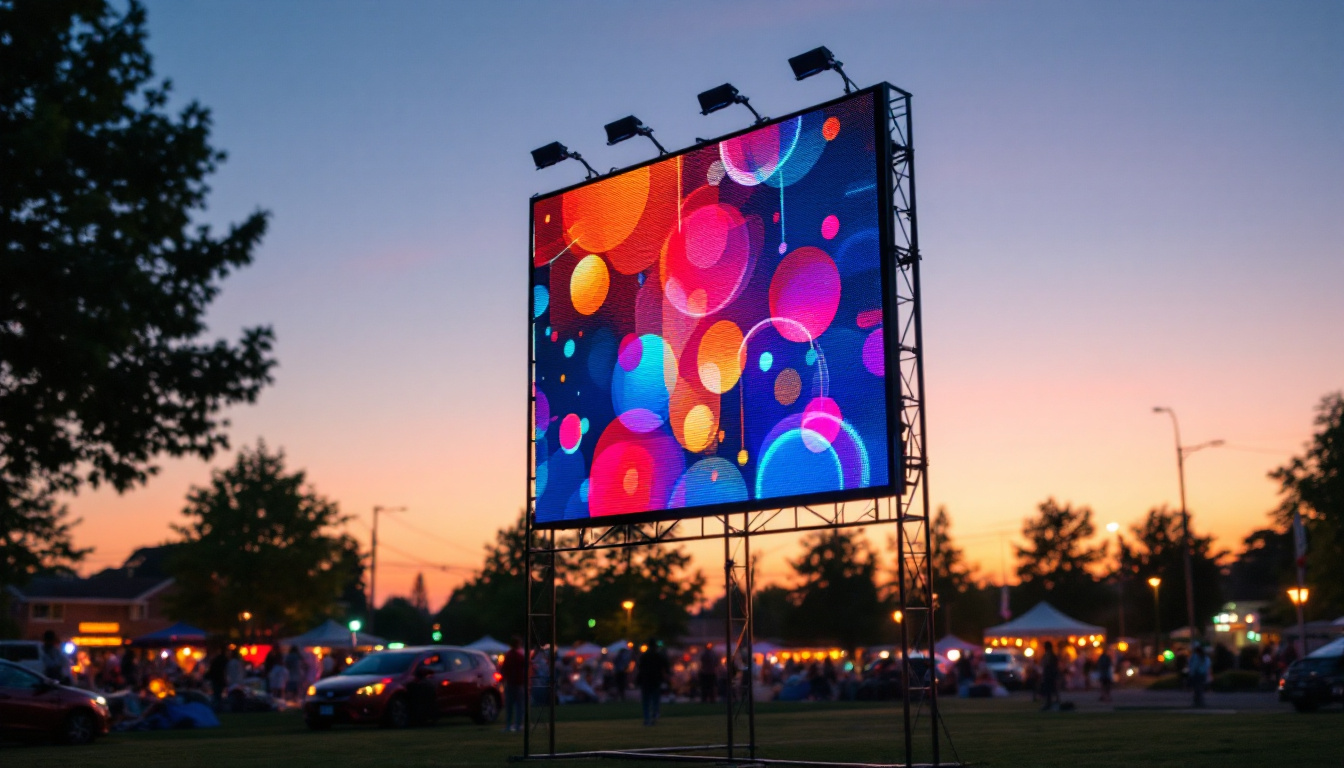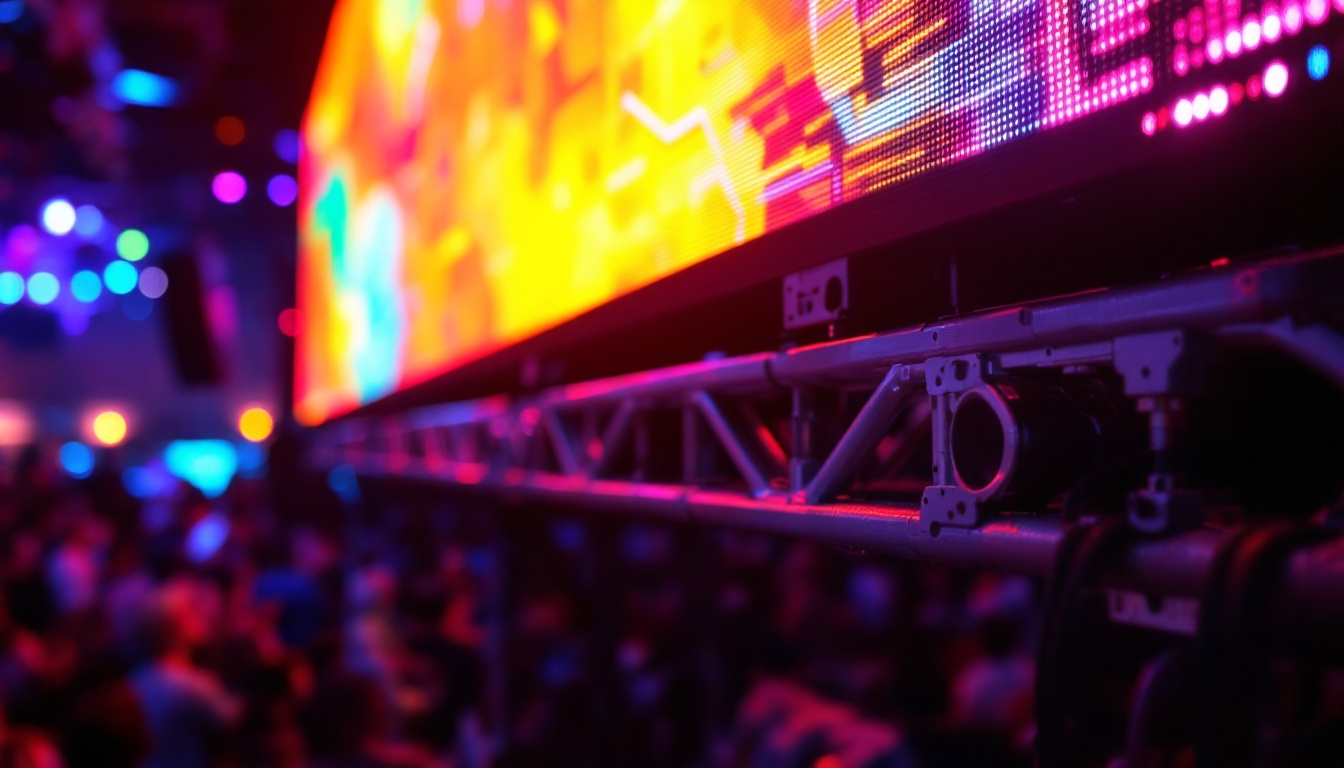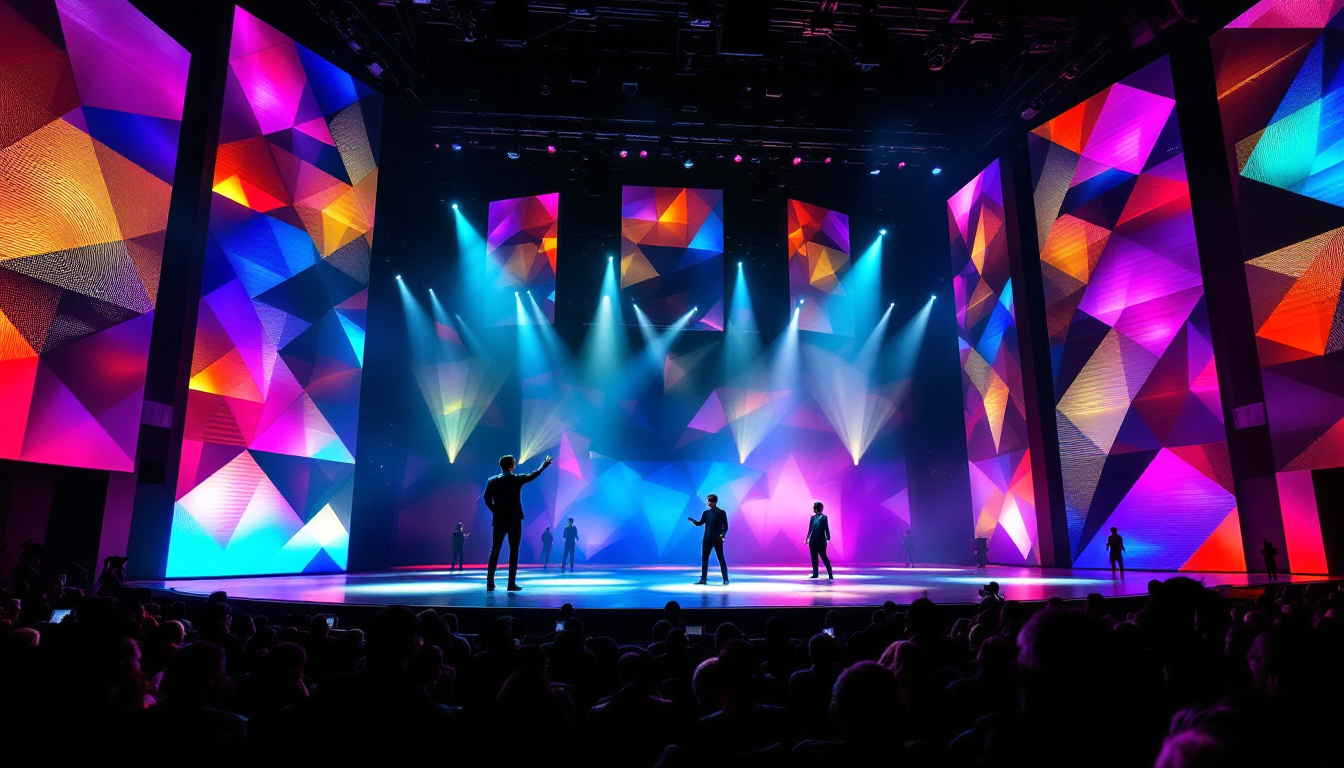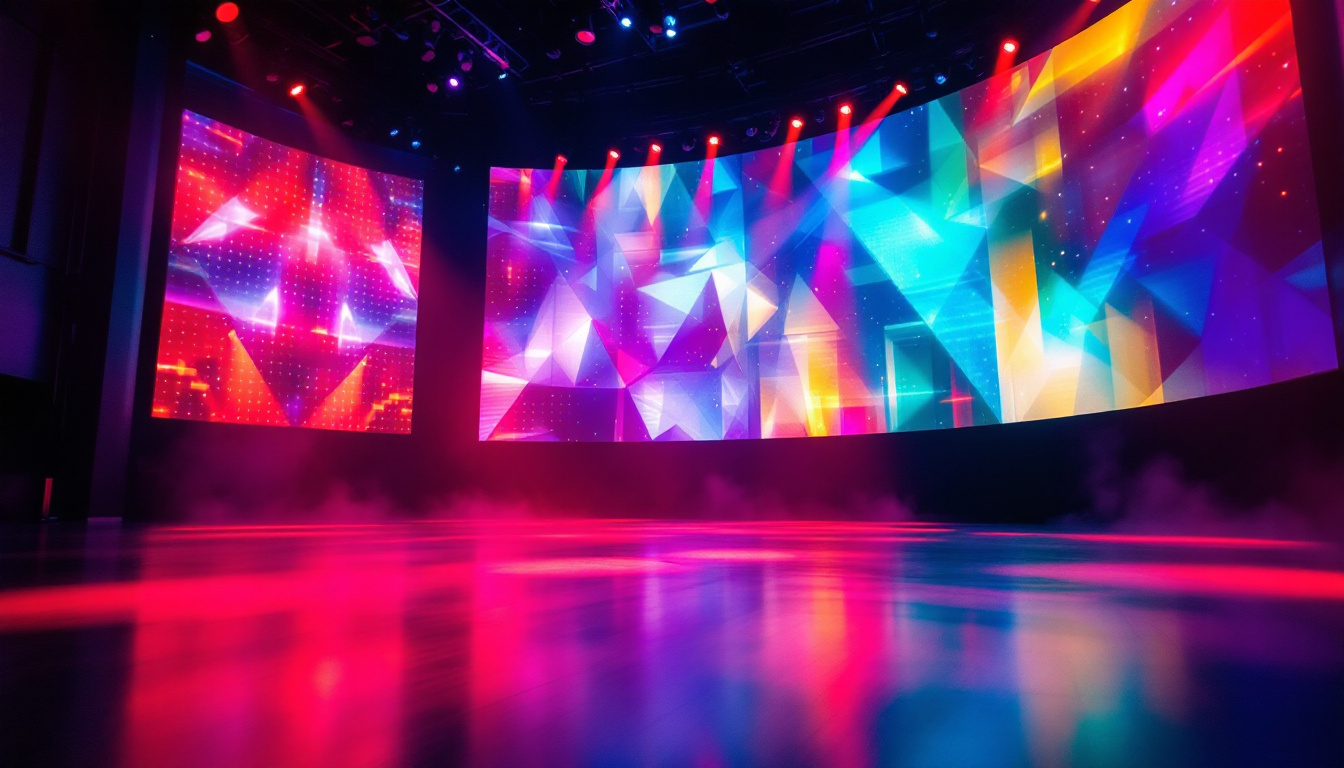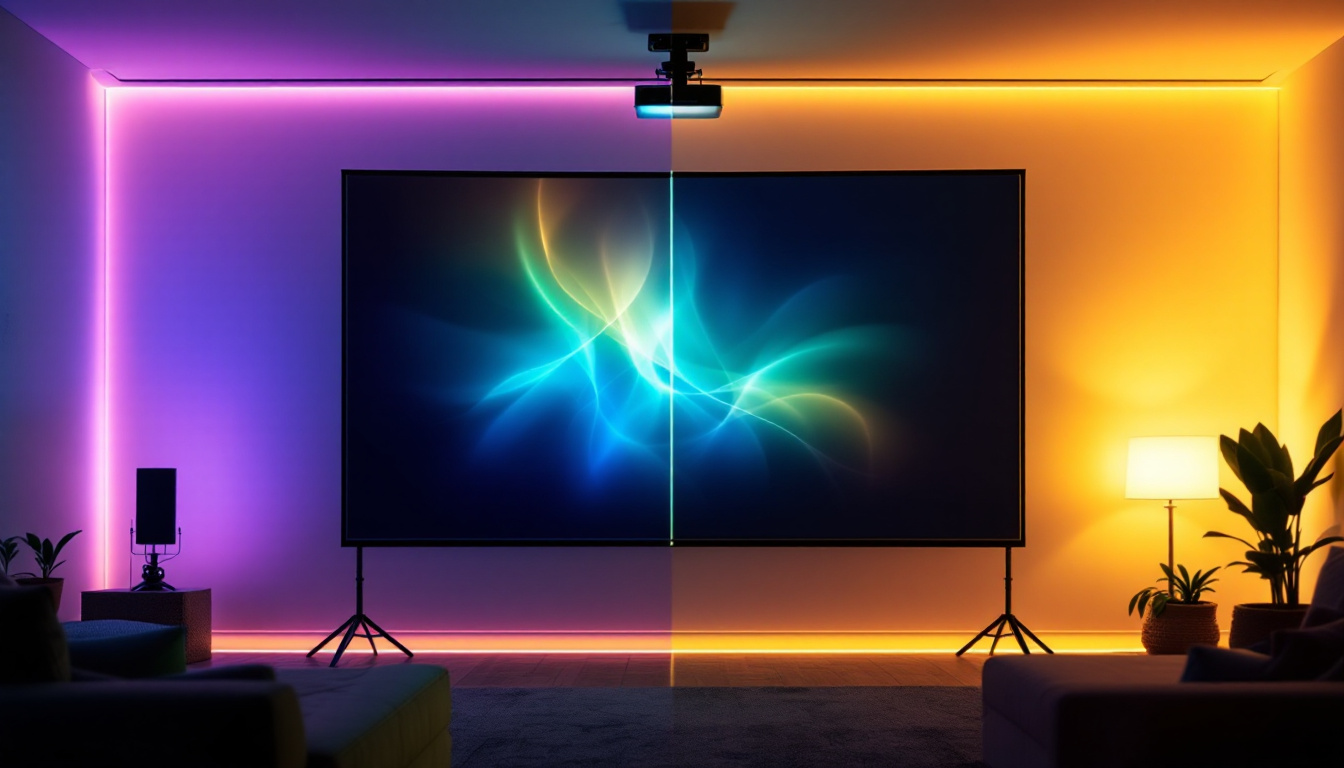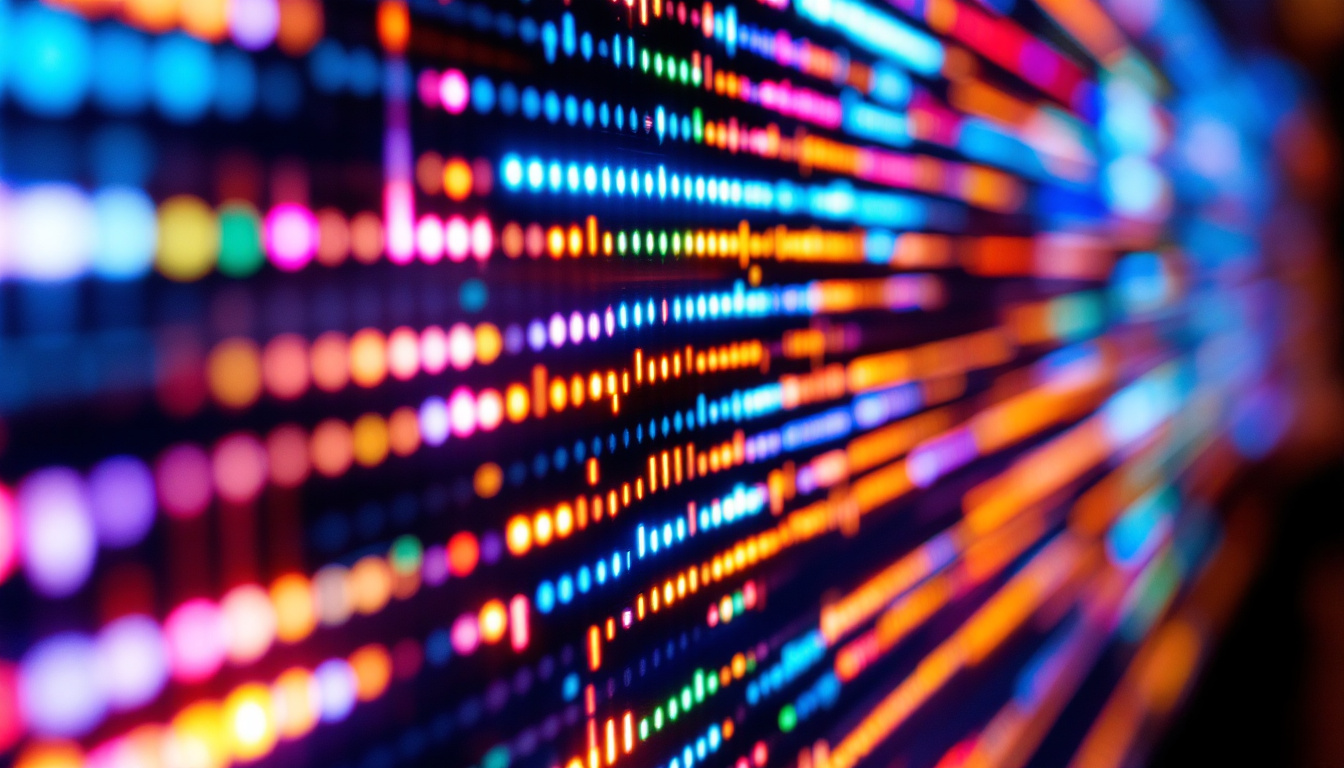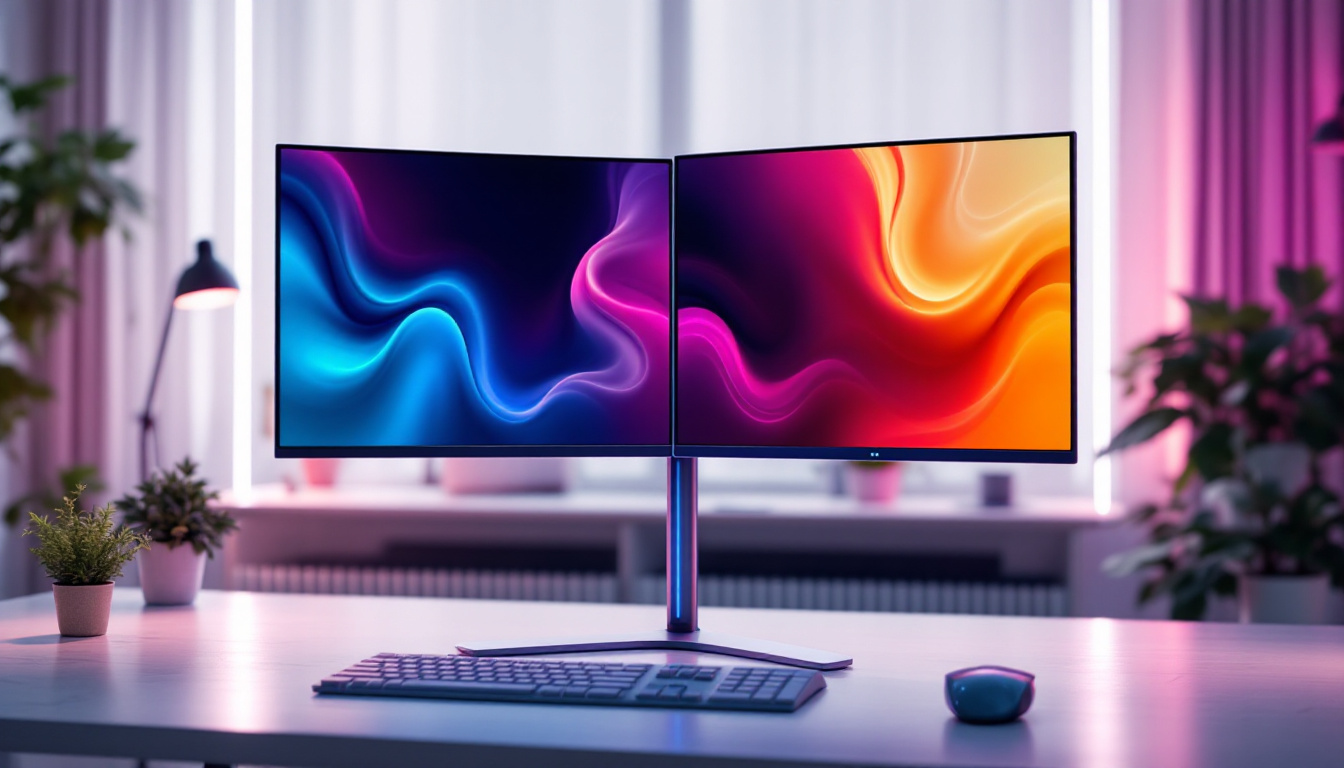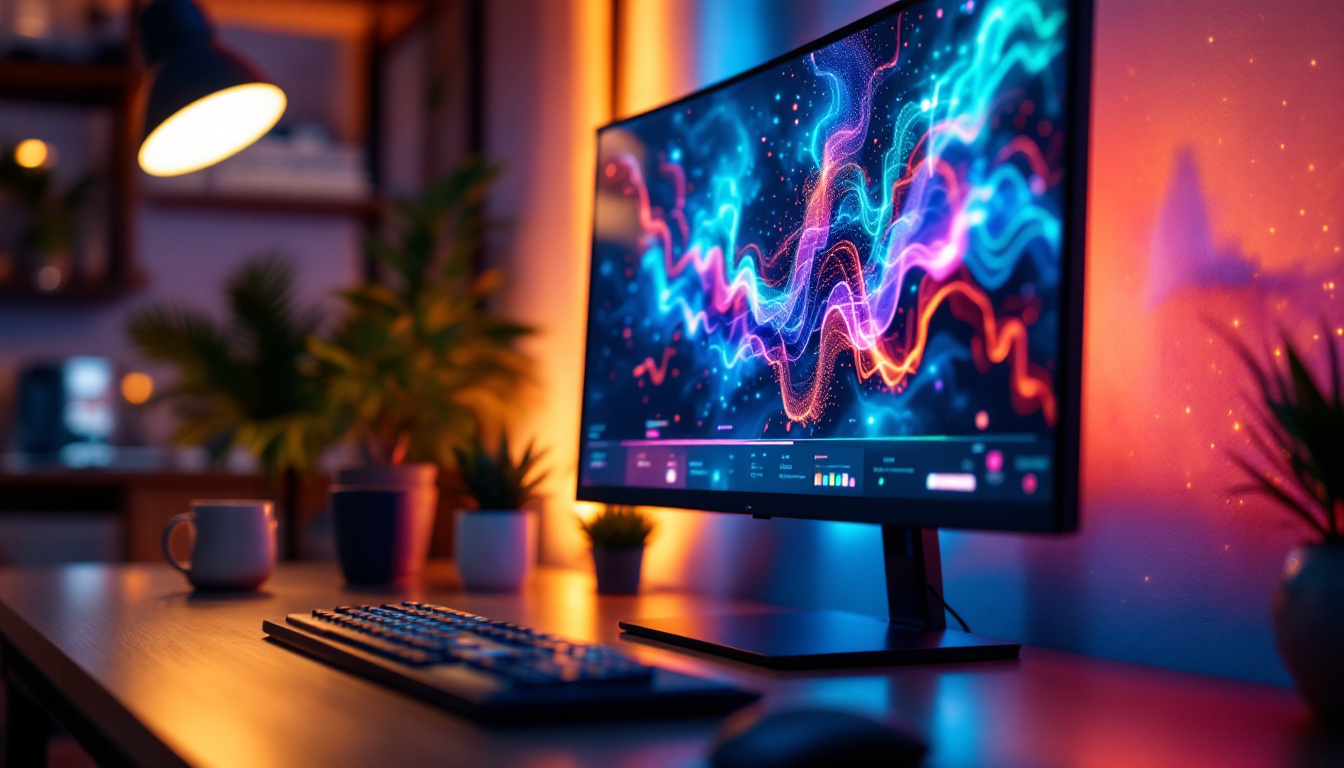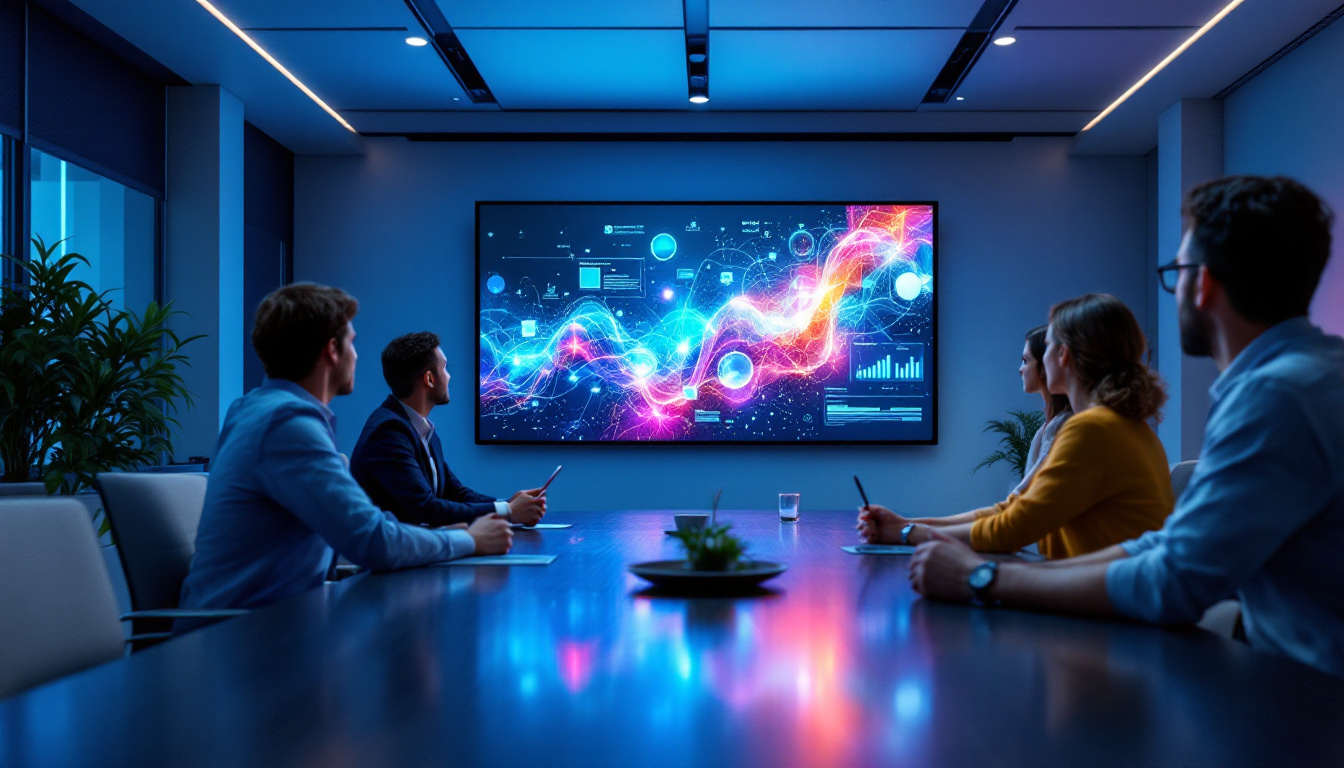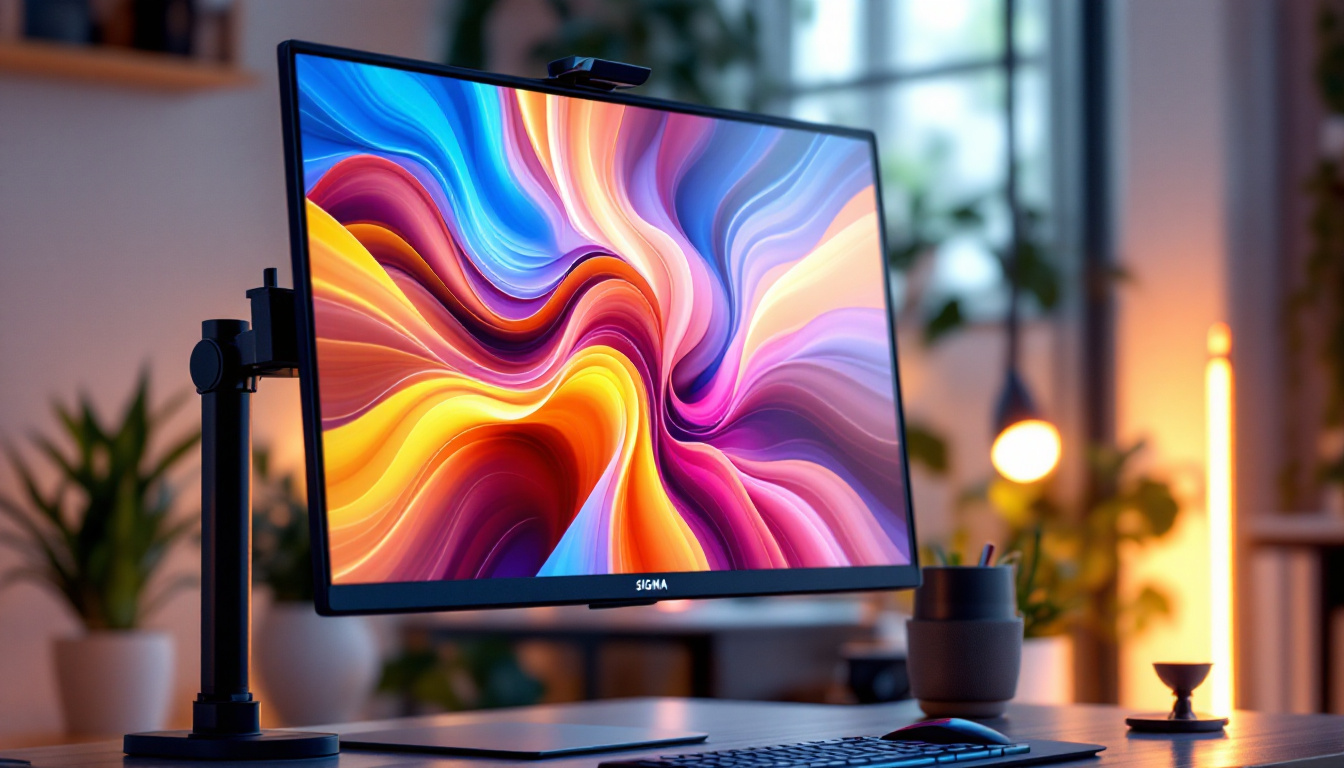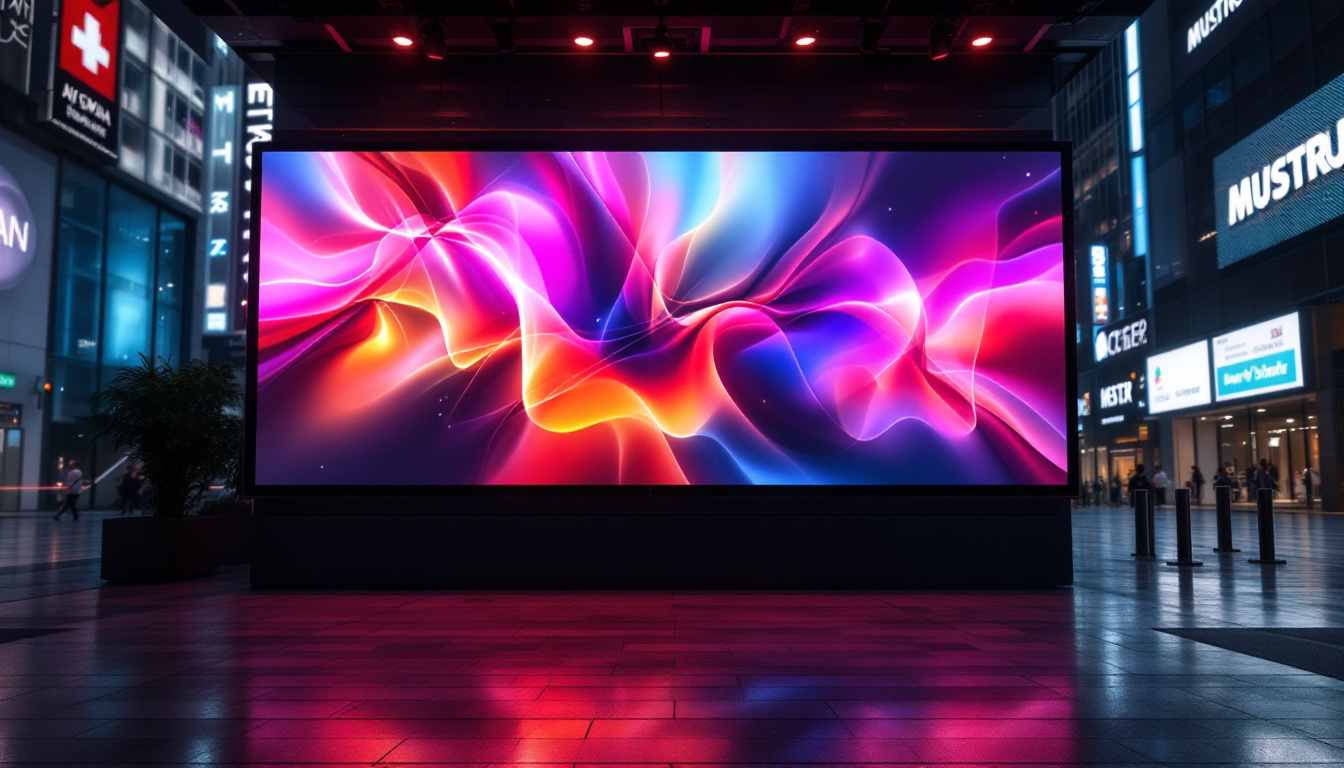The evolution of display technology has transformed the way we interact with devices, and one of the most significant advancements in recent years is the development of touch screen LED displays. These displays have become ubiquitous in smartphones, tablets, laptops, and even large-scale installations such as digital signage. Understanding the intricacies of touch screen LED displays can enhance appreciation for their functionality and design.
What is a Touch Screen LED Display?
A touch screen LED display combines two essential technologies: touch sensitivity and LED (Light Emitting Diode) backlighting. This integration allows users to interact directly with what is displayed on the screen, providing a seamless and intuitive experience. The versatility of touch screen LED displays makes them ideal for a wide range of applications, from smartphones and tablets to interactive kiosks and large-scale digital signage.
Components of Touch Screen LED Displays
At the core of a touch screen LED display are several key components. The display itself consists of a liquid crystal display (LCD) panel that is illuminated by LED lights. The touch functionality is typically enabled through various technologies, including resistive, capacitive, and infrared systems.
Resistive touch screens rely on pressure to detect touch, making them suitable for environments where gloves are worn. In contrast, capacitive touch screens detect the electrical properties of the human body, allowing for multi-touch capabilities. Infrared touch technology uses a grid of infrared light beams that, when interrupted by a finger, register a touch. Each of these technologies has its own set of advantages and applications. For instance, resistive screens are often found in industrial settings due to their durability, while capacitive screens are prevalent in consumer electronics for their responsiveness and ease of use.
How LED Technology Works
LED technology utilizes semiconductor materials that emit light when an electric current passes through them. This process, known as electroluminescence, allows for brighter displays with lower power consumption compared to traditional display technologies like LCDs that rely on fluorescent backlighting.
LED displays can be classified into two main types: edge-lit and direct-lit. Edge-lit displays have LEDs positioned along the edges of the screen, while direct-lit displays have LEDs distributed across the entire back of the panel. This distinction affects the uniformity of brightness and color accuracy in the display. Additionally, advancements in LED technology have led to the development of OLED (Organic Light Emitting Diode) displays, which offer even greater color depth and contrast by allowing each pixel to emit its own light, resulting in deeper blacks and more vibrant colors. This has made OLED displays increasingly popular in high-end devices, enhancing the visual experience for users.
The Advantages of Touch Screen LED Displays
Touch screen LED displays offer a range of benefits that make them increasingly popular in various applications. From enhancing user engagement to improving accessibility, these displays have proven to be versatile tools across industries.
Enhanced User Interaction
One of the most significant advantages of touch screen LED displays is their ability to facilitate direct interaction. Users can navigate through applications, zoom in and out, and manipulate content with simple gestures. This intuitive interface reduces the learning curve for new users and can enhance productivity in professional environments.
Moreover, touch screens eliminate the need for external input devices like keyboards and mice, streamlining interactions. This feature is particularly beneficial in public settings, such as kiosks and information displays, where ease of use is paramount. In educational environments, for instance, touch screen displays can transform traditional teaching methods by allowing students to engage directly with the material, fostering a more interactive and collaborative learning experience. Teachers can utilize these displays to create dynamic presentations that incorporate multimedia elements, making lessons more engaging and memorable.
Improved Visual Quality
LED technology contributes to superior visual quality, offering vibrant colors, high contrast ratios, and sharp images. The brightness levels of LED displays make them suitable for various lighting conditions, ensuring visibility even in bright environments.
Additionally, touch screen LED displays can support high-definition resolutions, making them ideal for applications that require detailed visuals, such as graphic design, gaming, and video playback. The combination of touch interactivity and high-quality visuals creates an engaging experience for users. Furthermore, advancements in display technology have led to innovations like 4K and even 8K resolutions, which provide an unparalleled level of detail and clarity. This is particularly advantageous in sectors like healthcare, where precise imaging can be critical for diagnostics and patient care, allowing professionals to analyze images with greater accuracy.
Energy Efficiency
Energy efficiency is another crucial advantage of touch screen LED displays. Compared to traditional display technologies, LEDs consume significantly less power, which can lead to reduced operational costs, especially in large installations or devices that are used frequently.
This energy efficiency is not only beneficial for cost savings but also contributes to environmental sustainability. As businesses and consumers become more conscious of their ecological footprint, the adoption of energy-efficient technologies like LED displays is likely to increase. Additionally, many modern LED displays are designed with longevity in mind, often lasting tens of thousands of hours before needing replacement. This durability not only reduces waste but also minimizes the frequency of replacements, further supporting sustainable practices. The integration of smart technology into these displays can also optimize energy usage, adjusting brightness based on ambient light conditions, which enhances efficiency even further.
Applications of Touch Screen LED Displays
The versatility of touch screen LED displays has led to their widespread adoption across various sectors. From consumer electronics to industrial applications, these displays serve a multitude of purposes.
Consumer Electronics
In the realm of consumer electronics, touch screen LED displays are prevalent in smartphones, tablets, and laptops. These devices rely on touch interaction for navigation and functionality, making the user experience more engaging and intuitive.
Smartphones, in particular, have revolutionized communication and information access, with touch screen LED displays serving as the primary interface. The ability to interact directly with content has transformed how users consume media, communicate, and perform tasks on their devices.
Retail and Advertising
Touch screen LED displays have also made significant inroads into the retail and advertising sectors. digital signage solutions equipped with touch screens allow customers to interact with advertisements, browse products, and access information in an engaging manner.
These displays can enhance the shopping experience by providing interactive product catalogs, promotional content, and even virtual try-on solutions. Retailers can leverage this technology to create immersive environments that attract and retain customers.
Education and Training
In educational settings, touch screen LED displays have become valuable tools for teaching and learning. Interactive whiteboards and displays enable educators to present information dynamically, encouraging student participation and collaboration.
Moreover, these displays can facilitate remote learning by allowing instructors to share content and interact with students in real-time, regardless of their physical location. This adaptability is crucial in today’s ever-evolving educational landscape.
Challenges and Considerations
Despite their numerous advantages, touch screen LED displays are not without challenges. Understanding these limitations is essential for making informed decisions regarding their use and implementation.
Durability and Maintenance
Touch screen LED displays can be susceptible to wear and tear, especially in high-traffic environments. The screens may scratch or become damaged over time, necessitating regular maintenance and, in some cases, replacement.
To mitigate these issues, manufacturers often incorporate protective coatings or use materials designed to withstand heavy usage. However, users should still take care to handle these devices properly to prolong their lifespan.
Cost Considerations
While touch screen LED displays offer numerous benefits, they can also come with a higher initial investment compared to traditional displays. The cost of technology, installation, and maintenance can add up, making it essential for businesses to evaluate their return on investment.
Organizations should consider the long-term benefits of increased engagement, improved efficiency, and enhanced customer experiences when weighing the costs. In many cases, the advantages can outweigh the initial expenditure, particularly in competitive markets.
The Future of Touch Screen LED Displays
The future of touch screen LED displays appears promising, with ongoing advancements in technology and design. As consumer demands evolve, manufacturers are continuously innovating to enhance functionality and performance.
Emerging Technologies
One of the most exciting developments in touch screen technology is the integration of artificial intelligence (AI) and machine learning. These technologies can enable more intuitive interactions, personalized experiences, and advanced analytics capabilities.
Additionally, advancements in flexible and foldable display technology may lead to new form factors for touch screen LED displays. This could open up new possibilities for portable devices and innovative applications in various industries.
Increased Adoption in Various Sectors
As touch screen LED displays become more affordable and accessible, their adoption is likely to expand across industries. From healthcare to transportation, organizations are recognizing the value of interactive displays in enhancing communication and improving user experiences.
Moreover, as remote work and digital interactions continue to rise, touch screen LED displays will play a crucial role in facilitating collaboration and engagement in virtual environments.
Conclusion
Touch screen LED displays represent a significant advancement in display technology, combining interactivity with high-quality visuals. Their applications span across consumer electronics, retail, education, and more, making them versatile tools in various sectors.
While challenges such as durability and cost exist, the benefits of enhanced user interaction, improved visual quality, and energy efficiency make touch screen LED displays a compelling choice for many applications. As technology continues to evolve, the future of touch screen LED displays promises to be dynamic and exciting, paving the way for innovative solutions that cater to the needs of users worldwide.
In summary, understanding the intricacies of touch screen LED displays can empower businesses and consumers alike to make informed decisions about their use and implementation, ensuring they harness the full potential of this transformative technology.
Discover the Future of Visual Engagement with LumenMatrix
Ready to elevate your interactive visual experiences? LumenMatrix is at the forefront of LED display innovation, offering a comprehensive range of solutions tailored to your needs. From captivating Indoor LED Wall Displays to dynamic Outdoor LED Wall Displays, and from versatile Vehicle LED Displays to sleek LED Poster Displays, our technology is designed to make your brand stand out. Embrace the revolution in visual communication with our LED Sports Displays, immersive Floor LED Displays, and customizable options that ensure your message resonates with clarity and impact. Don’t miss the opportunity to transform your space with our All-in-One LED Display or LED Transparent Display. Check out LumenMatrix LED Display Solutions today and join the myriad of businesses enhancing their engagement with cutting-edge technology.



